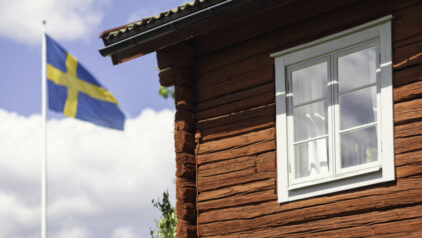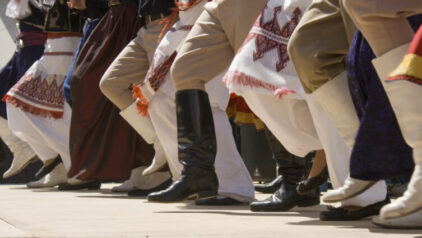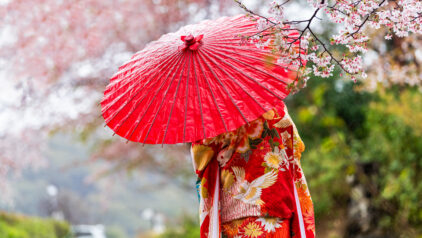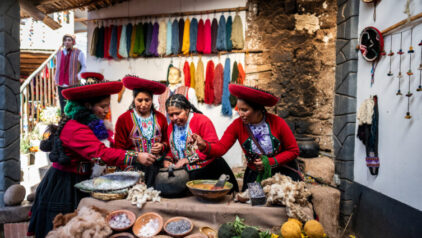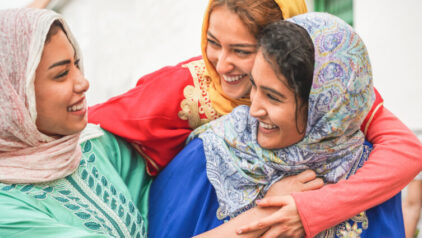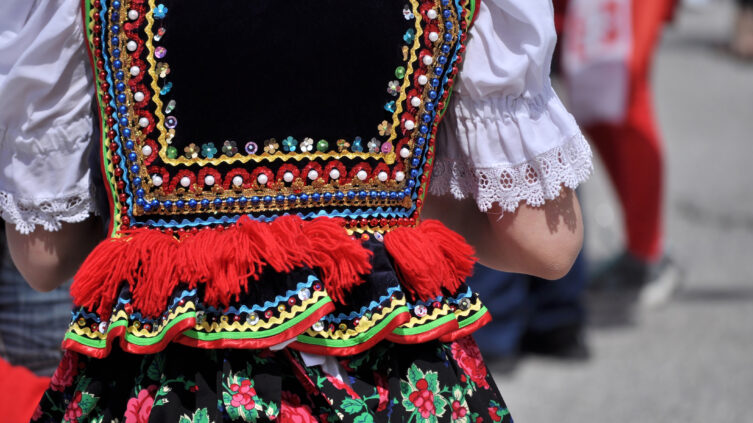

Poland has a long history of changing borders, upheaval, and cultural shifts. If your family comes from this part of Eastern Europe, you may find it hard to unearth genealogical records in some cases. Taking the time to do this does more than expand your family tree. While many things have changed over the centuries, some traditions lived on. Through careful research, you can discover much more than where your ancestors came from. You can also learn how they lived, what they valued, and what cultural ideas you’d like to pass on to your own children and beyond.
The Role of Family and Church in Poland Through the Ages
Much of your early genealogical research into your Polish roots may come from church documents. Searching for Polish surnames in records of baptisms, marriages, and participation in regular religious rites can bring up quite a bit of information. Most people practiced Roman Catholicism and still do to this day, with Eastern Orthodoxy coming in second.
Like the church, family life remained mostly led by the elder men. Instead of smaller nuclear families, members of the same family tree often lived together in vast multi-generational groups. These groups included found family as well: friends and close neighbors. This was especially common in the rural areas.
Delicious Food Passed on Over Generations
When people think of Polish food, kielbasa comes to mind first. This savory sausage is an icon of cooking from this part of the world and is easy to find in supermarkets everywhere today. Other sausages, such as the smoky krakowska and gamey mysliwska offer other tastes to enjoy if you can find them. Consider making some at home to keep this uniquely delicious tradition alive. Pair them with pierogi, dough and potato dumplings stuffed with a wide variety of fillings.
Tales, Songs, and the Diversity of Polish Culture
As stated above, Poland went through a lot of political and cultural changes over the years. Although some traditions stayed strong, others were largely influenced by surrounding ethnic groups and nations. The folklore, stories, and songs of your family line may differ quite a bit from those enjoyed by other people from the same country. This takes very specific research into the regions your ancestors come from.
Many stories come from Catholicism, of course, but others like the Wawel Dragon or the Rusalka water nymph are fantastical in nature. Many songs and associated dances focus on fun and vibrant expressions of culture, such as the Polka. The classic Mazurka is a more elegant, upper-class example.
Historical Clothing – What Your Ancestors Wore
One thing that stands out in traditional folk costumes is color. Although lower class folks would undoubtedly wear simpler outfits, they weren’t often depicted in photographs from centuries past. If you do come across a historical picture of your ancestors, expect them to be in ceremonial garb or their very best outfits. What do they look like? Blouses, skirts, pants, jackets, and accessories were nearly covered in bright ribbons and embroidery. These would be amazing crafts to try with your kids today.
How Can You Celebrate Your Polish Heritage?
As you dive into research about the ancestors that came from this part of Europe, you will unearth so much more than names and dates. This is what makes genealogy so thrilling: you have the power to shine a light on ethnic and cultural truths that make people from long ago familiar and more understandable.
Bringing these practices into the modern world is a great way to preserve them and pass them down to future generations. While you may be able to find a Polish Festival or restaurant in your area, it is possible to recreate some of the experiences at home, too. It’s common to do so around holidays such as Christmas or Easter with the amazing artistry of hand-decorated eggs.
To truly understand your family’s past, try out some of the unique and delicious foods for yourself. Listen to some Polish folk songs or even practice some traditional arts and crafts techniques with your children. Genealogy offers a gateway into a living past that resonates in your DNA to this day.


